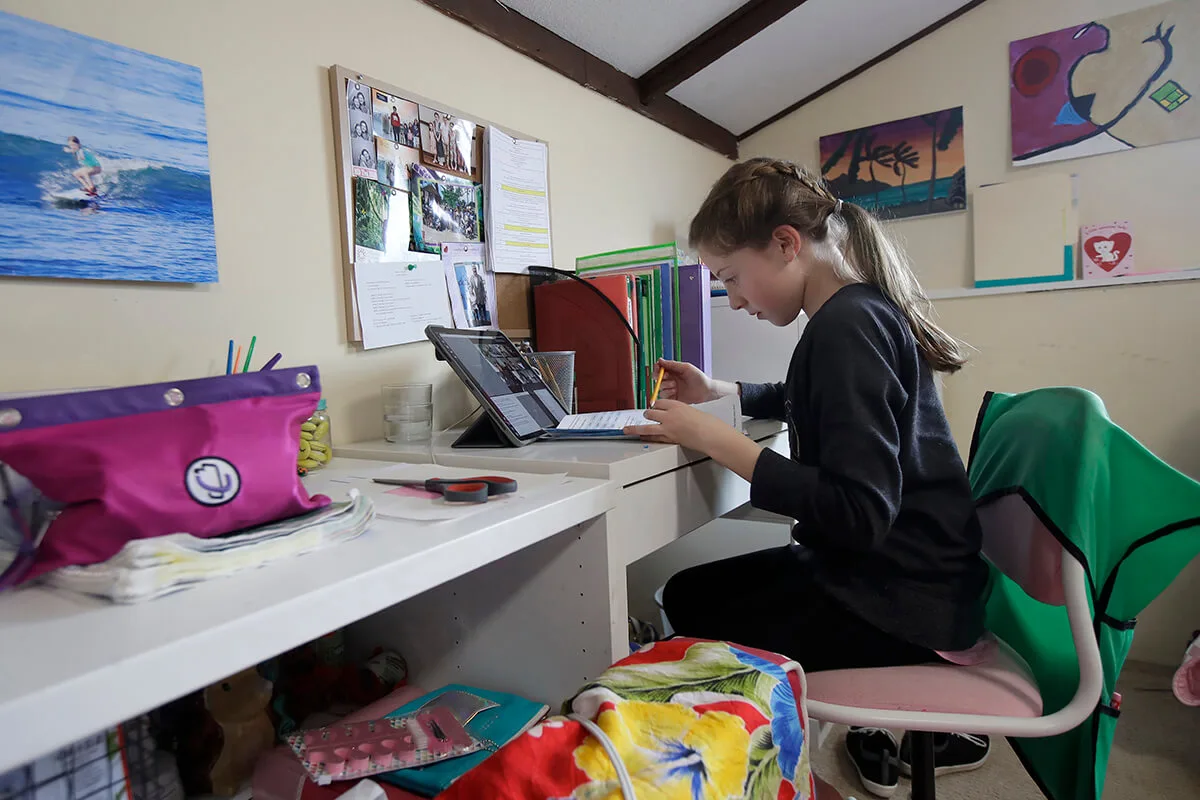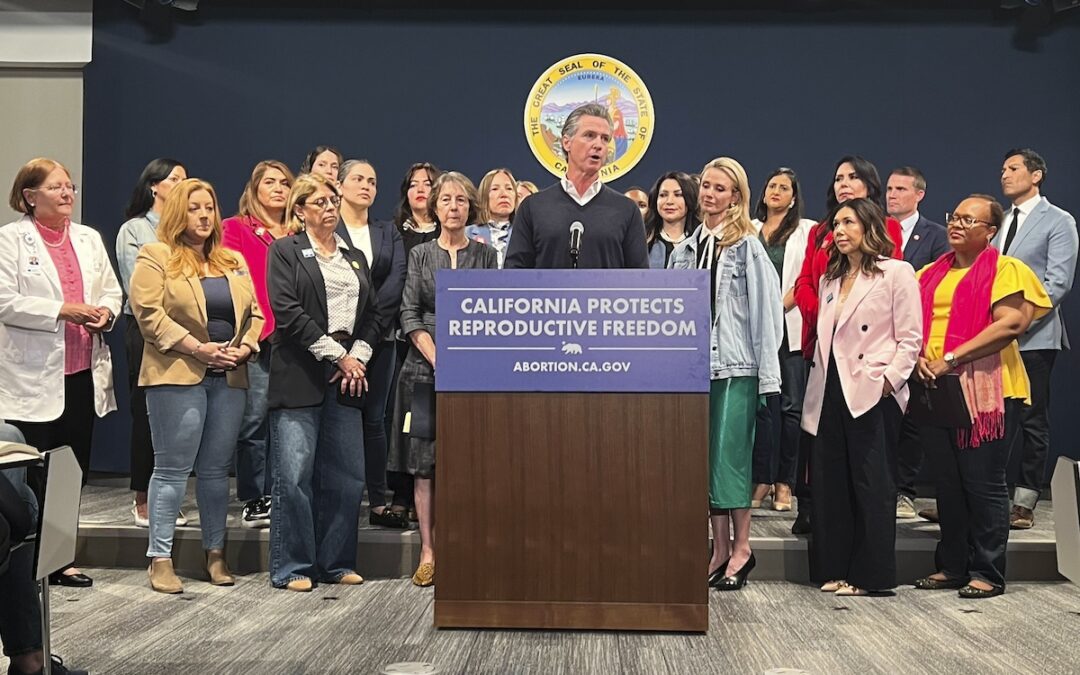
“We can’t sit around staring at each other across the table while we have kids unable to participate in the school system.”
The city of Tucson is working on a plan to expand free Wi-Fi access across the city, starting with underserved areas in hopes to ease difficulties with remote learning.
In a July meeting, the City Council voted to put $13 million of federal funds coming from the Coronavirus Aid, Relief, and Economic Security (CARES) Act toward the project.
A little over $4 million will fuel the first phase, which is to expand free public Wi-Fi to areas with the most difficulty getting online.
RELATED: Coronavirus Pandemic Shows That Digital Divide Isn’t Just a Problem — It’s a Crisis
Councilman Steve Kochazik said this phase will reach 20 square miles, or about 115,000 people.
He said the areas chosen, which are scattered across the city, all have a population density of 3,000 people per square miles, more than 15% of households without an internet connection, and more than 15% of the population below the poverty line.
The remaining $9 million will go toward expanding the access to the rest of the city.
Against the Clock
Kochazik said the city hopes to have the first portion of the project completed before Thanksgiving, making it “relevant for this school semester.”
“One of the reasons, of course for doing this now is because a lot of schools are going back on kind of a hybrid basis,” he said. “And for the kids’ families who don’t have any internet access, then this whole virtual learning thing is meaningless.”
The Democratic councilman said the city has talked about expanding Wi-Fi access before, but the cost and businesses’ unwillingness to work with them made it impossible.
RELATED: ‘Huge Concern’: Arizona Schools At Risk of COVID-19 Lawsuits When Reopening
“We’ve been talking about smart city, smart streets for a long time, but the … cost of the infrastructures was prohibitive coming out of our general fund,” he said. “We’ve been looking for internet service providers (ISPs) to fill in some of the gaps but they haven’t been willing to step up to the plate and invest their money in it.”
The CARES Act money was the saving grace that allowed the plan to finally come to fruition. And Kochazik said the plan has already led to some pushback from ISPs.
“My question of them will be, ‘Well if this is such an incursion into your market share, then why weren’t you doing it to begin with?’ The answer will be because they didn’t want to make the investment,” he said. “We can’t sit around staring at each other across the table while we have kids unable to participate in the school system.”
School Safety Concerns
Kochazik said while the situation may be different in other parts of the state, it’s clear that Tucson and Pima County don’t yet have COVID-19 under control.
To him, this means that any gatherings, including kids, in an enclosed space is not a good idea for now.
While children tend not to experience as severe of COVID-19 symptoms as adults, they can still carry and spread the virus.
RELATED: ‘What Will Happen if My Teacher Dies?’: Kids Ask Ducey Tough Questions on Schools Reopening
“It was only two or three short weeks ago that [Arizona was] No. 1 in the world in terms of spread of this disease,” he said. “So it’s incomprehensible to me to say that in the course of a month it will be safe to open schools up.”
Gov. Doug Ducey has said schools can reopen as early as Aug. 17. But Superintendent of Public Instruction Kathy Hoffman said this week that based on benchmarks that will be released Friday, it doesn’t look like any schools will have met those markers by then.
“The virus is the one who sets the rules of the game,” Kochazik said. “Not the governor, not mayors, not city councils.”
More Than Basic Connection
The city is also looking to improve itself with the Wi-Fi project beyond the pandemic.
During the second phase, Kochazik said, the city will install smart traffic controls.
These devices connect to Wi-Fi and help smooth out the flow of cars on the road.
RELATED: Phoenix Air Quality Improved With Stay-at-Home Order. But How Do We Maintain It?
But they don’t just reduce drivers’ stress––they’re meant to help make the city more environmentally friendly as well.
“It’s so that people aren’t sitting at stoplights idling,” Kochazik explained. “It’s so people can keep a safe and consistent speed from one light to the next, so that traffic signals can sense when traffic is waiting and there’s nothing oncoming so you don’t necessarily have to sit through an entire cycle.”
Politics

Democrats successfully force vote on repealing 1864 abortion ban, passes House
The Arizona legislature moved forward two bills Wednesday that would repeal the state’s 1864 abortion ban. A bill to repeal the ban has been...

State Official: 1864 abortion ban gives Arizona ‘black eye’
Arizona’s role at the forefront of the climate crisis, defending democratic elections, and protecting reproductive rights has caught the attention...
Local News

Gov. Gavin Newsom wants to let Arizona doctors provide abortions in California
California law generally allows abortion up to the point of fetal viability, which is around 24 weeks. SACRAMENTO, Calif. (AP) — Arizona doctors...

The Amazon drones are coming to Arizona later this year
The drones operate on electricity, while most of Amazon’s fleet of vehicles operate on gasoline. Amazon drone deliveries are coming to the West...





